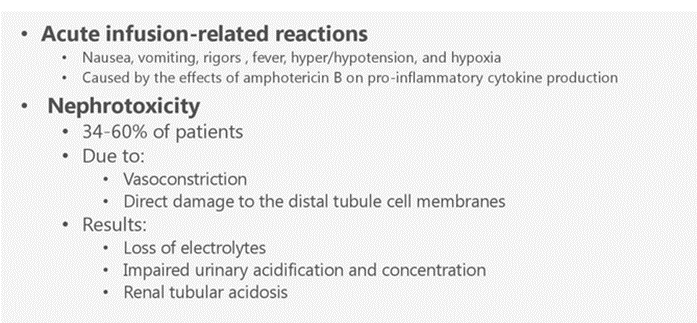A nurse is providing discharge dietary teaching to a client who has a new prescription for theophylline. Which of the following instructions should the nurse include?
"Limit your sodium intake."
"Restrict milk products."
"Avoid caffeinated beverages."
"Take the medication with meals."
The Correct Answer is C
Choice A Reason:
"Limit your sodium intake." Is incorrect. Sodium restriction might be appropriate for some cardiovascular or renal conditions, but it is not specifically related to theophylline use.
Choice B Reason:
"Restrict milk products." is incorrect. Restricting milk products is not a necessary dietary consideration for theophylline. However, consuming high-fat dairy products may delay the absorption of theophylline, potentially affecting its effectiveness.
Choice C Reason:
"Avoid caffeinated beverages." Is correct. Theophylline is a bronchodilator used to treat respiratory conditions like asthma or chronic obstructive pulmonary disease (COPD). It belongs to the class of methylxanthine medications and acts similarly to caffeine. Consuming additional caffeine through beverages like coffee, tea, or certain sodas can increase the risk of adverse effects associated with theophylline, such as increased heart rate or nervousness. Hence, avoiding caffeinated beverages is advisable to minimize the risk of exacerbating these effects.
Choice D Reason:
"Take the medication with meals." Taking theophylline with or without meals is typically acceptable, but it's essential to maintain consistency in timing and avoid significant changes in dietary habits that might affect its absorption or metabolism.
Nursing Test Bank
Naxlex Comprehensive Predictor Exams
Related Questions
Correct Answer is B
Explanation
Choice A Reason:
Dry cough is incorrect. While cough can be a side effect of amphotericin B, it's not a hallmark sign of an acute infusion reaction.
Choice B Reason:
Fever is correct. Acute infusion reactions to amphotericin B can manifest in various ways, and fever is a common sign indicating an immediate adverse reaction during the infusion. Other potential signs of an acute infusion reaction may include chills, rigors, hypotension, flushing, headache, or nausea.
Choice C Reason:
Pedal edema is incorrect. Swelling of the feet or pedal edema is not a typical manifestation of an acute infusion reaction to amphotericin B.
Choice D Reason:
Hyperglycemia is incorrect. Increased blood glucose levels (hyperglycemia) are not commonly associated with an acute infusion reaction to amphotericin B. However, amphotericin B may have effects on electrolytes and kidney function that could indirectly impact glucose levels.

Correct Answer is D
Explanation
Choice A Reason:
Hct 44% is incorrect. A hematocrit (Hct) level of 44% falls within the normal range for most adults. It represents the proportion of red blood cells in the blood and is not typically concerning unless it significantly deviates from the normal range, indicating anemia or polycythemia.
Choice B Reason:
WBC count 5,000/mm3 is incorrect. A white blood cell (WBC) count of 5,000/mm3 falls within the normal range for adults, reflecting a normal immune response. There's usually no cause for immediate concern unless there are specific clinical symptoms or significant deviations from the normal range.
Choice C Reason:
Potassium 4.2 mEq/L is incorrect. A potassium level of 4.2 mEq/L is within the normal range for serum potassium levels. It's crucial to monitor potassium levels, especially with medications that can affect electrolyte balance, but this value falls within the typical range and may not prompt immediate action unless there are notable fluctuations or clinical symptoms related to potassium imbalance.
While the majority of the laboratory values provided fall within the normal range, the value that the nurse should consider reporting to the provider, particularly when a client is taking amitriptyline, is:
Choice D Reason:
Total bilirubin 1.5 mg/dL is correct. Elevated levels of total bilirubin might indicate potential liver function impairment. Amitriptyline, an antidepressant, can affect liver enzymes in some individuals, causing hepatic changes. Therefore, it's crucial to monitor liver function tests, including total bilirubin, during amitriptyline therapy. An increase in bilirubin levels could signal hepatotoxicity or liver dysfunction related to the medication.
Whether you are a student looking to ace your exams or a practicing nurse seeking to enhance your expertise , our nursing education contents will empower you with the confidence and competence to make a difference in the lives of patients and become a respected leader in the healthcare field.
Visit Naxlex, invest in your future and unlock endless possibilities with our unparalleled nursing education contents today
Report Wrong Answer on the Current Question
Do you disagree with the answer? If yes, what is your expected answer? Explain.
Kindly be descriptive with the issue you are facing.
